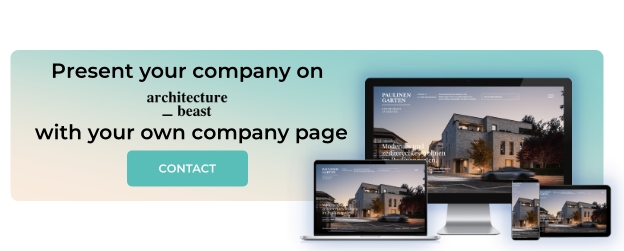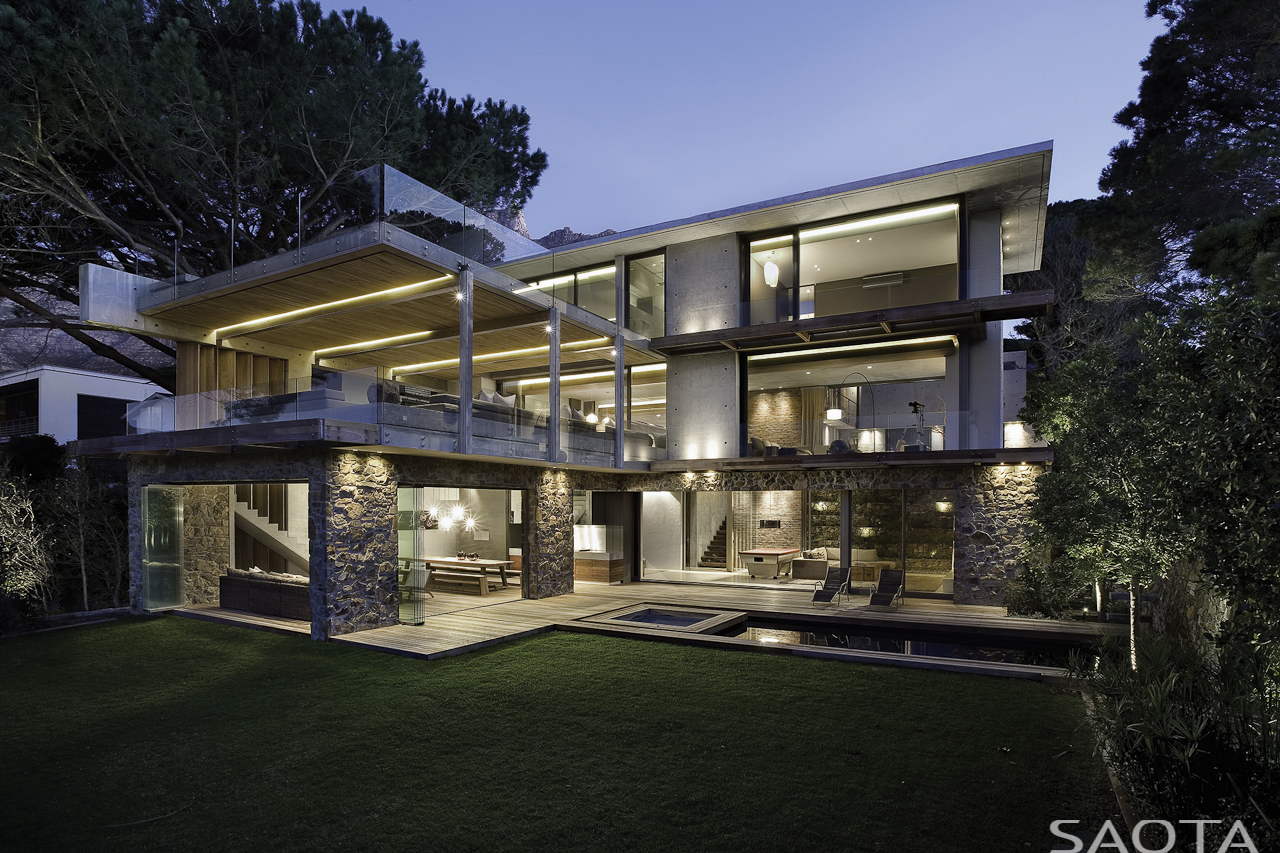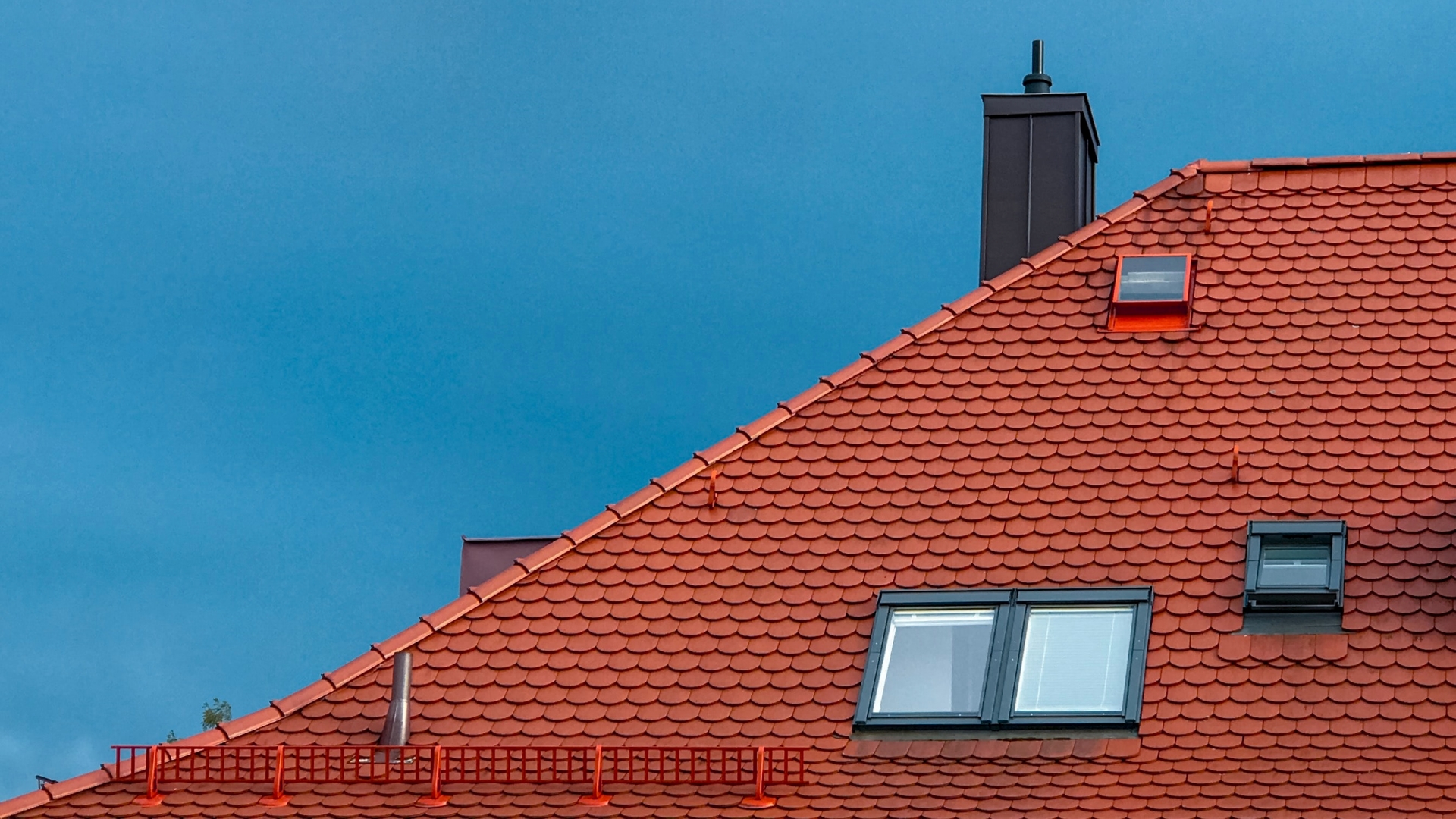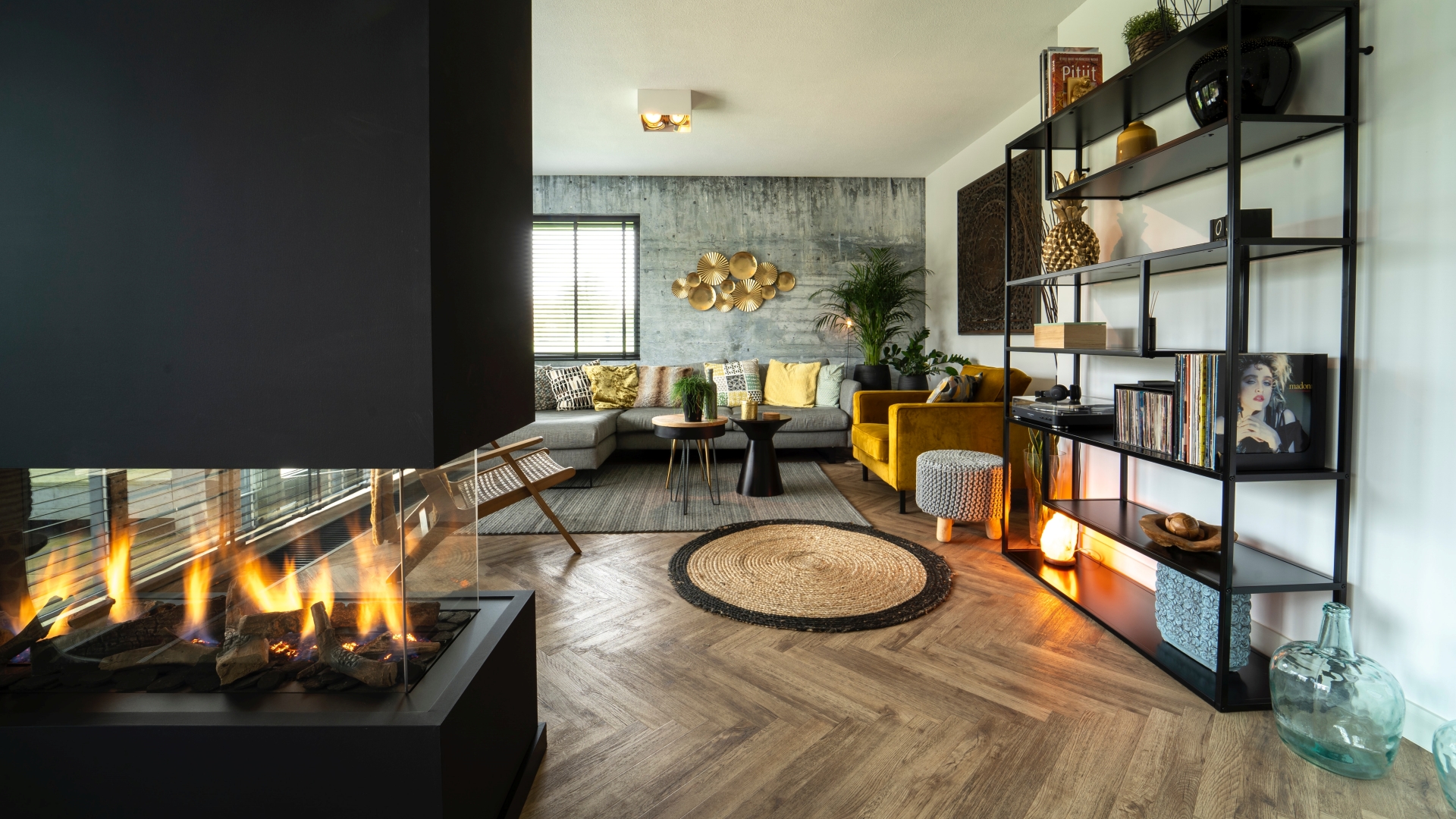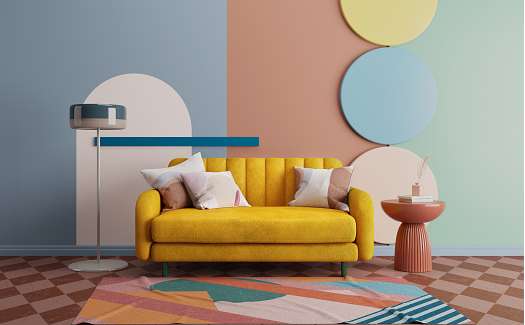Ever felt like your utility bill was funding an entire city? You’re not alone. With rising energy costs and growing environmental concerns, sustainable housing is no longer a luxury—it’s a necessity. Buyers want homes that save money, reduce waste, and improve living conditions. Developers are catching on, realizing green upgrades boost both property value and efficiency.
In this blog, we’ll explore why demand for sustainable housing is rising, what features buyers look for, and how these trends are shaping real estate.
Why Sustainable Housing is More Than a Trend
Eco-friendly homes were once seen as a luxury, but that’s no longer the case. Sustainability is now a priority due to three major factors.
First, the climate crisis is forcing change. Extreme weather events and government policies are pushing homeowners toward greener choices. Second, rising energy costs make efficiency essential, with well-insulated homes and smart systems cutting long-term expenses. Finally, people want healthier living spaces. Traditional materials can harm indoor air quality, leading buyers to seek non-toxic, well-ventilated homes.
Sustainable housing isn’t just about savings—it’s about long-term comfort, health, and value.
Key Features Buyers Are Looking For
Sustainability isn’t just about throwing some solar panels on a roof and calling it a day. Homebuyers today are looking for a mix of smart technology, energy efficiency, and eco-friendly materials.
One of the biggest game-changers has been the rise of solar energy. More homeowners are realizing that harnessing the sun’s power isn’t just for the environmentally obsessed—it’s for anyone who likes lower energy bills. That’s why working with a reliable solar company has become essential for homeowners and developers alike. Whether it’s installing rooftop panels or integrating solar-powered water heating, solar technology has become a practical and cost-saving solution.
Beyond solar power, buyers want homes that waste less energy. Smart thermostats, energy-efficient appliances, and well-insulated windows can cut down on unnecessary heating and cooling costs. Even simple upgrades, like LED lighting, make a noticeable difference in long-term savings.
Water conservation is another growing focus. Droughts in parts of the U.S. have pushed people to rethink how they use water. Low-flow toilets, rainwater collection systems, and drought-resistant landscaping are becoming common features in newer homes. It’s no longer enough for a house to just be energy-efficient—it also needs to be smart about water use.
Eco-friendly materials are also in high demand. Homebuyers are looking for non-toxic, sustainable building materials like bamboo flooring, recycled countertops, and VOC-free paint. These choices don’t just reduce a home’s environmental impact; they also improve indoor air quality.
How Sustainability Affects Home Values
For a long time, people assumed that adding sustainable features to a home was more about personal ethics than financial return. That’s no longer the case. Studies show that homes with green upgrades sell faster and at higher prices than those without them.
Homes with eco-friendly features reportedly tend to sell up to 10 days faster. That’s because buyers see the long-term financial benefits. A home with solar panels, for example, offers years of lower energy costs, making it more appealing in a competitive market.
In some areas, green homes are even getting special treatment from mortgage lenders. Some banks offer better loan terms for homes that meet specific energy-efficiency standards. That means homeowners can finance upgrades more easily, making sustainable choices more accessible.
Beyond resale value, there’s also the matter of future-proofing. As governments continue to tighten environmental regulations, older homes that don’t meet efficiency standards may become harder to sell. Homeowners who invest in sustainability now are ensuring that their properties remain attractive and valuable in the years to come.
The Role of Policy and Incentives
Governments are playing a big role in pushing sustainable housing forward. In the U.S., federal and state programs offer tax credits, rebates, and other financial incentives for energy-efficient upgrades. Homeowners can get thousands of dollars back just for installing solar panels, upgrading insulation, or switching to energy-efficient appliances.
Cities are also passing new building codes that require developers to prioritize sustainability.
For example, California’s Title 24 energy standards now require all new residential buildings to include solar panels and meet strict energy efficiency guidelines. Similarly, New York City’s Local Law 97 mandates large buildings reduce carbon emissions, pushing developers to incorporate greener materials and smarter energy systems.
Some areas are even implementing “net-zero” building mandates, which require new homes to produce as much energy as they consume. This is forcing builders to think differently about design, materials, and energy sources.
The rental market is also shifting. Many landlords are adding sustainable features to attract tenants who care about energy costs and environmental impact. Some states are even considering laws that would require landlords to meet minimum energy-efficiency standards before renting out properties.
The Future of Sustainable Housing
Sustainable housing is no longer a niche market—it’s the future of real estate. As technology improves, we can expect even more advanced solutions, from self-sustaining homes that generate their own power to AI-driven smart homes that optimize energy use automatically.
Developers are also experimenting with new materials. Some companies are building entire homes out of recycled plastic, while others are using hemp-based insulation for better energy efficiency. These innovations could change how homes are built and maintained in the coming decades.
Consumer demand is driving much of this change. People want homes that reflect their values, save them money, and provide a healthier place to live. The more buyers prioritize sustainability, the more builders and developers will respond with better, more eco-friendly housing options.
The bottom line? Sustainable housing isn’t just a passing trend—it’s a necessary shift in how we build and live. Rising energy costs, environmental concerns, and government incentives are making green homes more desirable than ever.
Homebuyers today expect energy efficiency, smart technology, and eco-friendly materials in their homes. These features aren’t just good for the planet; they’re also good for long-term savings and property value.
The push for sustainability is reshaping real estate, construction, and even the rental market. As demand grows, we can expect even more innovative solutions that make homes greener, smarter, and more efficient. The future of housing is clear—it’s sustainable, and it’s here to stay.



